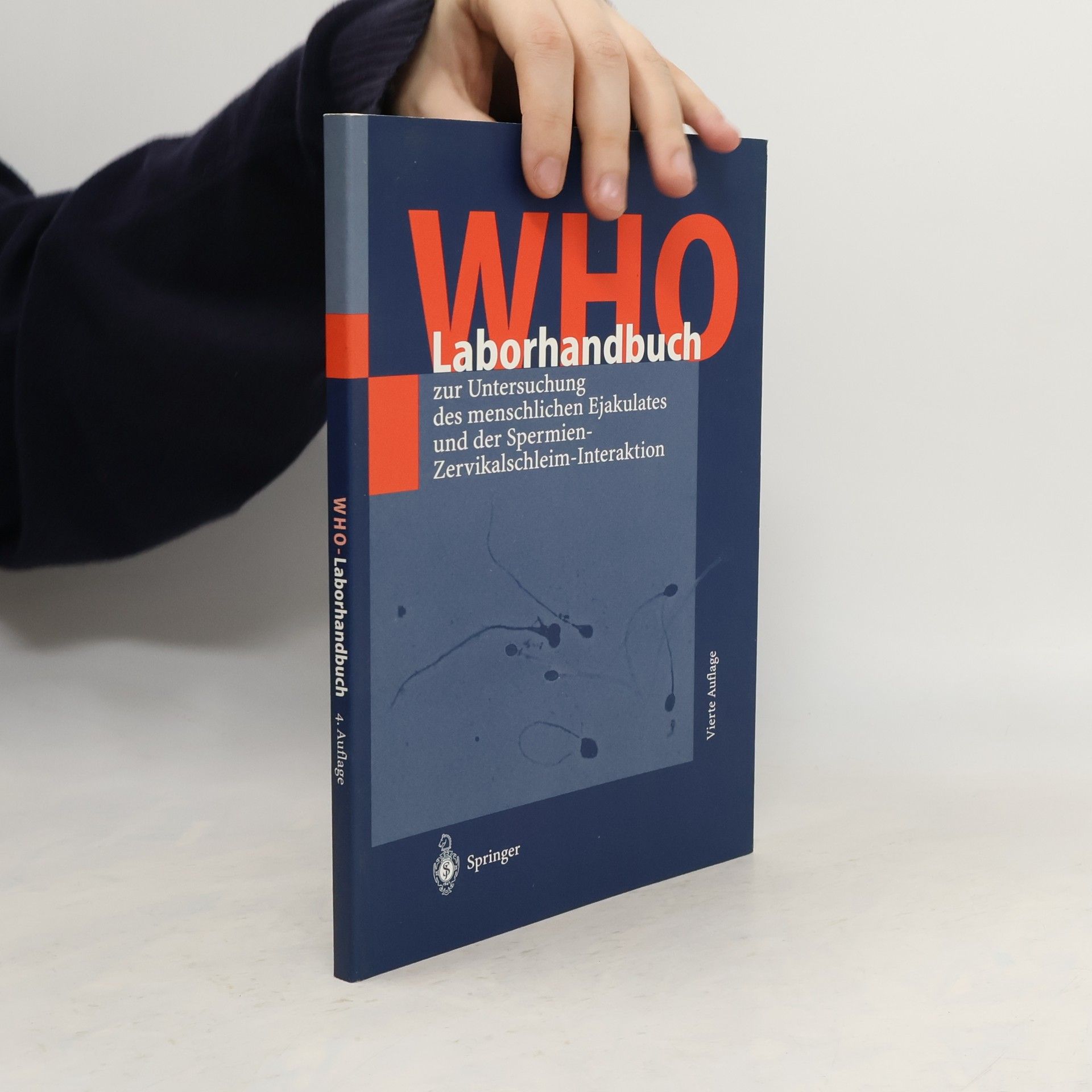This textbook covers the scientific basis of andrology - including molecular biology and molecular genetics - together with the clinical practice of andrology, by tackling the diagnosis and treatment of individual disorders classified according to the localisation of the cause. Management of the infertile couple and gynaecology relevant to andrology are described, as are modern techniques of assisted fertilisation, including IVF and ICSI. Professor Nieschlag is president of the European Academy of Andrology while Dr. Behre is a member of the corresponding WHO Task Force. They deal with male contraception as well as the psychological factors of infertility and round off the book with legal and ethical considerations. Indispensable for everyone having to make relevant diagnostic therapeutic decisions.
Eberhard Nieschlag Livres






Testosterone
- 594pages
- 21 heures de lecture
The first edition of "Testosterone: Action, Deficiency, Substitution" was published in 1990, and since then, our understanding of this crucial hormone has significantly evolved. The editors have produced a second extended edition to summarize both established and recent findings in the field, reflecting the substantial growth in knowledge, which has expanded the volume from 14 to 20 chapters. This updated edition includes comprehensive information on the biochemistry and metabolism of androgens, along with detailed insights into the molecular biology of the androgen receptor and its disorders. The role of testosterone in spermatogenesis is now more clearly defined, and the psychotropic effects of testosterone are better understood. Individual chapters explore testosterone's impact on various target organs, including the prostate, cardiovascular system, and musculoskeletal system. The pharmacology and clinical applications of testosterone, especially in male hypogonadism, have been expanded to include pharmacokinetic studies and various substitution modalities. Additionally, the physiological basis and clinical applications of testosterone in non-gonadal diseases, male senescence, hormonal male contraception, and transsexuality are discussed. The final chapter addresses the role of steroid biochemistry in tracking anabolic steroid abuse.
WHO-Laborhandbuch
Zur Untersuchung und Aufarbeitung des menschlichen Ejakulates
Das Laborhandbuch bietet detaillierte Anleitungen zu allen labortechnischen Anwendungen, die fur die Analyse des menschlichen Ejakulats und der Spermien-Zervikalschleim-Interaktion relevant sind. Behandelt werden alle Aspekte der Spermiendiagnostik, -vorbereitung und Qualitatssicherung ob zur Evaluierung infertiler Paare, der Fertilitat von Mannern oder fur gerichtsmedizinische Fragestellungen.
Diese definitive Anleitung wurde von Grund auf überarbeitet und auf den neuesten Stand gebracht für alle Laboratorien, die sich mit der Analyse des menschlichen Ejakulates beschäftigen. Das Handbuch liefert fundamentale Labortechniken für die Diagnose der männlichen Infertilität. Der Text beschreibt die Zusammenstellung eines konventionellen Samenprofils anhand von standardisierten Protokollen für verschiedene fakultative diagnostische Verfahren. Solche Techniken sind unentbehrlich für die Evaluierung infertiler Paare sowie der Fertilität von Männern, deren Spermienproduktion durch potentielle männliche Kontrazeptiva oder toxische Substanzen unterdrückt wird. Auch für die Gerichtsmedizin und künstliche Insemination sind sie von Interesse. Vorangehende Auflagen dieses Manuals haben sich auf dem Gebiet der Erforschung und Behandlung der männlichen Fertilität etabliert; diese Neuauflage führt diese Tradition fort und wird als Standard für zukünftige strengere Maßstäbe dienen.
